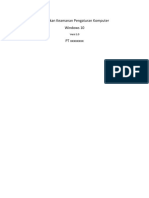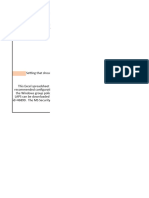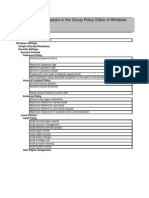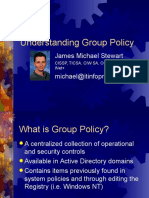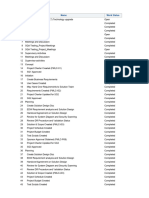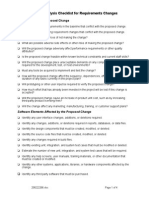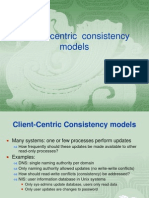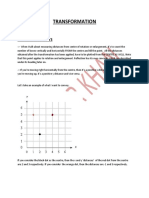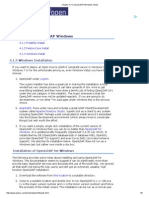0% found this document useful (0 votes)
76 views18 pagesBenchmark - Deploy Security Measures Using Group Policy
The document outlines the implementation of security measures for Windows Servers based on the CIS Microsoft Windows Server 2022 Benchmark. It details specific security policies for three types of servers, emphasizing the importance of password management, account lockout settings, and auditing for security monitoring. Additionally, it highlights the necessity of compliance audits and the integration of frameworks like NIST and CIS to enhance organizational security beyond legal requirements.
Uploaded by
hb6348248Copyright
© © All Rights Reserved
We take content rights seriously. If you suspect this is your content, claim it here.
Available Formats
Download as DOCX, PDF, TXT or read online on Scribd
0% found this document useful (0 votes)
76 views18 pagesBenchmark - Deploy Security Measures Using Group Policy
The document outlines the implementation of security measures for Windows Servers based on the CIS Microsoft Windows Server 2022 Benchmark. It details specific security policies for three types of servers, emphasizing the importance of password management, account lockout settings, and auditing for security monitoring. Additionally, it highlights the necessity of compliance audits and the integration of frameworks like NIST and CIS to enhance organizational security beyond legal requirements.
Uploaded by
hb6348248Copyright
© © All Rights Reserved
We take content rights seriously. If you suspect this is your content, claim it here.
Available Formats
Download as DOCX, PDF, TXT or read online on Scribd
/ 18

